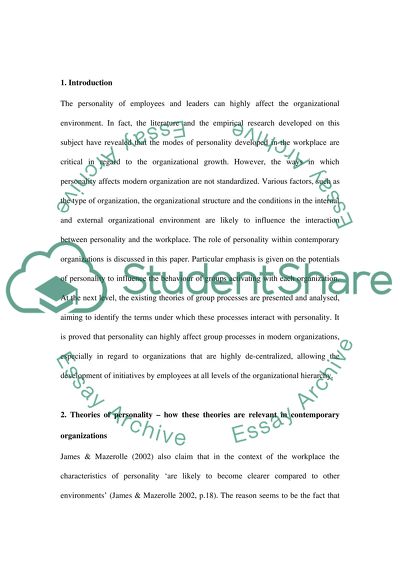Cite this document
(Impact of Individual Personality upon Formal Group Processes Research Paper, n.d.)
Impact of Individual Personality upon Formal Group Processes Research Paper. Retrieved from https://studentshare.org/psychology/1396960-organisational-psychology
Impact of Individual Personality upon Formal Group Processes Research Paper. Retrieved from https://studentshare.org/psychology/1396960-organisational-psychology
(Impact of Individual Personality Upon Formal Group Processes Research Paper)
Impact of Individual Personality Upon Formal Group Processes Research Paper. https://studentshare.org/psychology/1396960-organisational-psychology.
Impact of Individual Personality Upon Formal Group Processes Research Paper. https://studentshare.org/psychology/1396960-organisational-psychology.
“Impact of Individual Personality Upon Formal Group Processes Research Paper”, n.d. https://studentshare.org/psychology/1396960-organisational-psychology.


